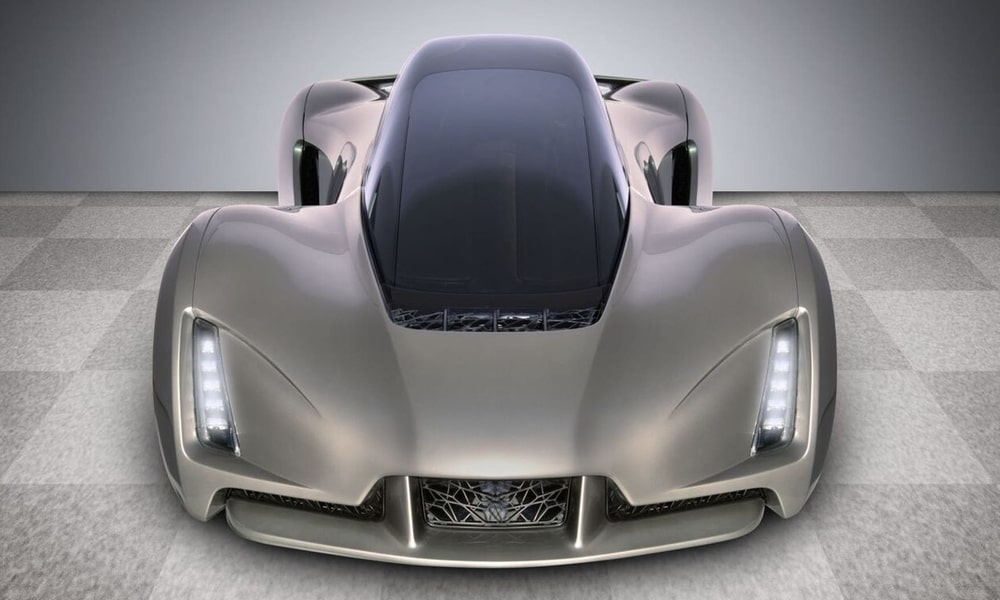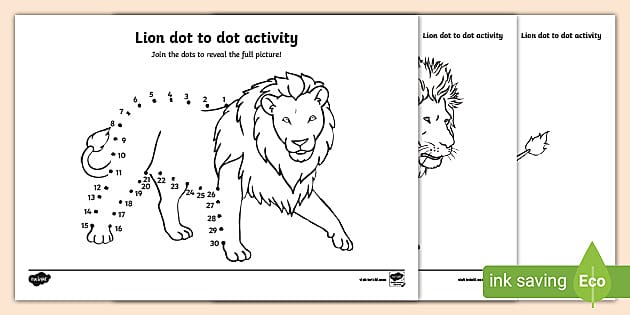3D Printable Cars: A Revolutionary Advance in Automotive Manufacturing
The advent of 3D printing technology has revolutionized numerous industries, and the automotive sector is no exception. 3D printable cars offer a myriad of advantages over traditional manufacturing methods, including design flexibility, cost-effectiveness, and environmental sustainability. This article explores the materials, technologies, design considerations, production processes, applications, and future trends of 3D printable cars, shedding light on their potential to transform the transportation landscape.
From the development of innovative materials to the implementation of cutting-edge printing technologies, 3D printable cars are poised to reshape the way vehicles are designed, produced, and utilized. This article delves into the intricate details of 3D car printing, examining the challenges and opportunities it presents while highlighting its potential to revolutionize the automotive industry.
Materials and Technologies

3D printing cars utilizes a range of materials, each with its own unique properties. These materials can be classified into two main categories: plastics and metals.
Plastics are the most common materials used in 3D printing cars due to their affordability, versatility, and ease of processing. They are lightweight and durable, making them suitable for a variety of applications. Some of the most commonly used plastics in 3D car printing include ABS (acrylonitrile butadiene styrene), PLA (polylactic acid), and PETG (polyethylene terephthalate glycol).
Metals are also used in 3D car printing, but they are more expensive and challenging to process than plastics. However, they offer a number of advantages over plastics, including increased strength, durability, and heat resistance. Some of the most commonly used metals in 3D car printing include aluminum, titanium, and stainless steel.
Printing Technologies
There are a number of different printing technologies that can be used to 3D print cars. Each technology has its own advantages and disadvantages, and the best choice for a particular application will depend on the specific requirements of the project.
The most common printing technologies used for 3D car printing include:
- Fused deposition modeling (FDM) is a process that extrudes molten plastic through a nozzle to build up the object layer by layer.
- Stereolithography (SLA) is a process that uses a laser to cure liquid resin, building up the object one layer at a time.
- Selective laser sintering (SLS) is a process that uses a laser to fuse powdered material, building up the object one layer at a time.
Design Software
Design software plays a crucial role in 3D car printing. This software is used to create the 3D model of the car, which is then used to generate the printing instructions. The choice of design software will depend on the specific requirements of the project, but some of the most popular options include:
- SolidWorks
- CATIA
- Siemens NX
Future Trends and Developments

Buckle up, gearheads! The future of 3D car printing is a wild ride you won’t wanna miss. Get ready for mind-blowing advancements in materials, designs, and production methods that’ll make jaws drop and tires screech.
Hold on tight as we explore the cutting-edge innovations that’ll shape the future of cars and transform the way we roll.
Emerging Materials
Materials are the building blocks of 3D printed cars, and they’re getting seriously slick. Think lightweight, super-strong composites that’ll make your ride a featherweight beast. And don’t forget about shape-shifting polymers that can morph and adapt to changing conditions, giving your car the agility of a ninja.
Innovative Designs
Designers are going off the rails with 3D printing, creating cars that look like they’re straight out of a sci-fi flick. Think aerodynamic wonders with sleek curves and sharp angles that’ll make your neighbors green with envy. Plus, with customizable designs, you can create a ride that’s as unique as your fingerprint.
Advanced Production Methods
Production methods are getting a serious upgrade. Say goodbye to traditional assembly lines and hello to automated factories where robots work around the clock, spitting out 3D printed cars faster than you can say “pit stop.” This means shorter production times, lower costs, and more cars on the road for us to drool over.
Future Applications
3D printed cars aren’t just a pipe dream; they’re about to hit the streets in a big way. From personalized rides tailored to your every need to self-driving taxis that’ll make traffic a thing of the past, 3D printed cars are set to revolutionize transportation.
Impact on Society
3D printed cars are more than just a cool tech; they’re poised to have a major impact on society. With the ability to create cars locally, we can reduce shipping emissions and promote sustainability. Plus, with customizable designs, people with disabilities can have cars that meet their specific needs, making transportation more accessible than ever before.
FAQ Section
What are the advantages of 3D printed cars over traditional manufacturing methods?
3D printed cars offer several advantages, including design flexibility, cost-effectiveness, and environmental sustainability. They allow for the creation of complex designs that would be difficult or impossible to produce using traditional methods, while also reducing material waste and energy consumption.
What are the challenges associated with 3D printing cars?
Challenges include the development of suitable materials that meet the performance requirements of automotive applications, scaling up production to meet demand, and ensuring the safety and reliability of 3D printed vehicles.
What are the potential applications of 3D printed cars?
3D printed cars have the potential to be used in a wide range of applications, including personalized vehicles, limited-edition models, and specialized vehicles for niche markets. They can also be used for prototyping and testing new designs, and for creating custom parts and accessories.





